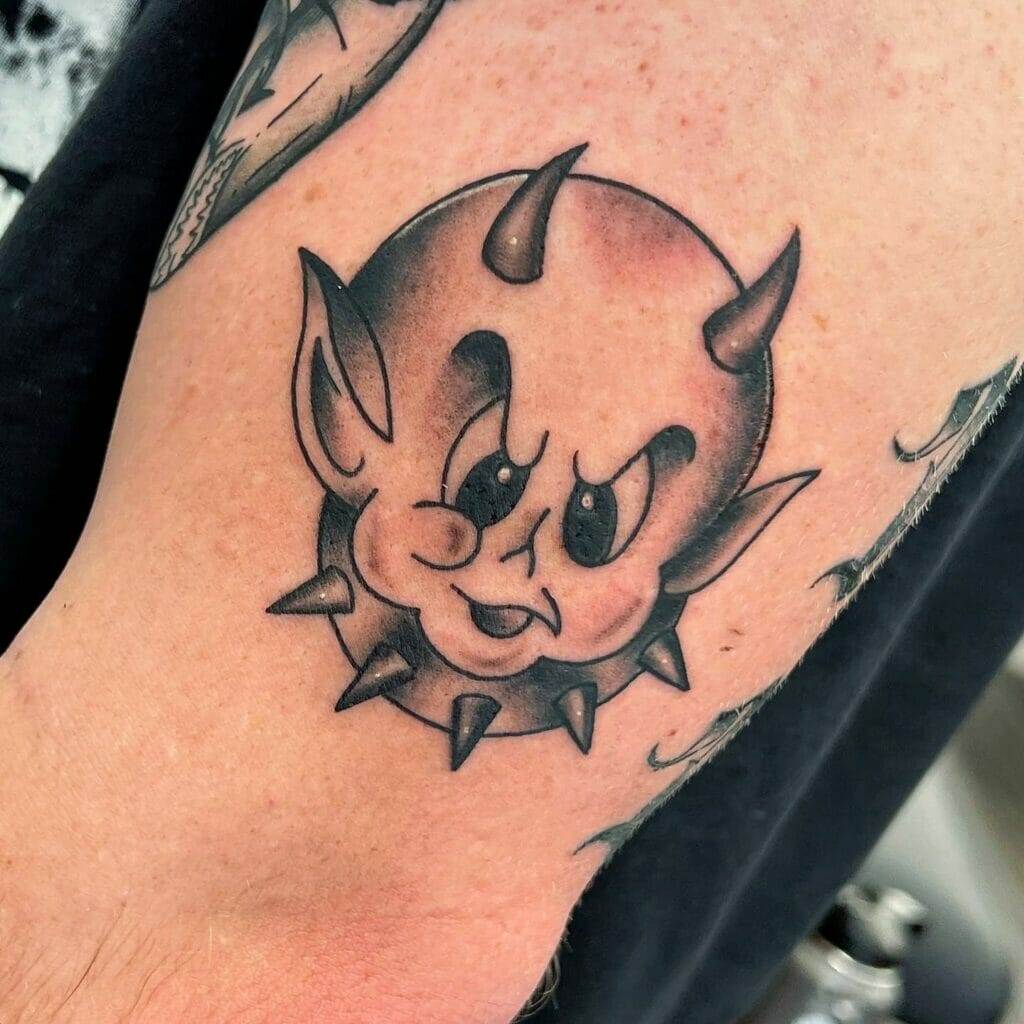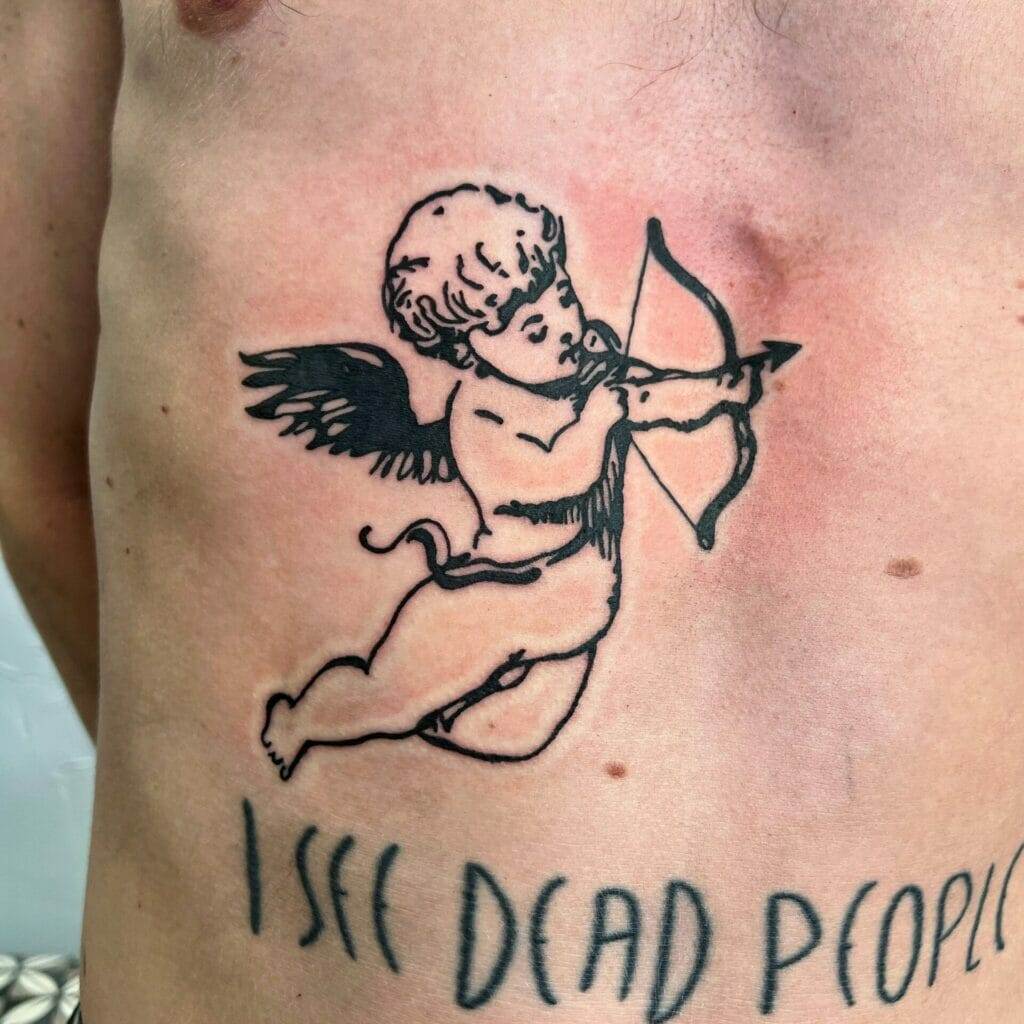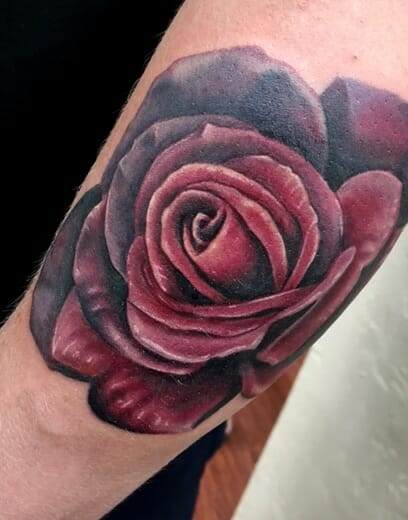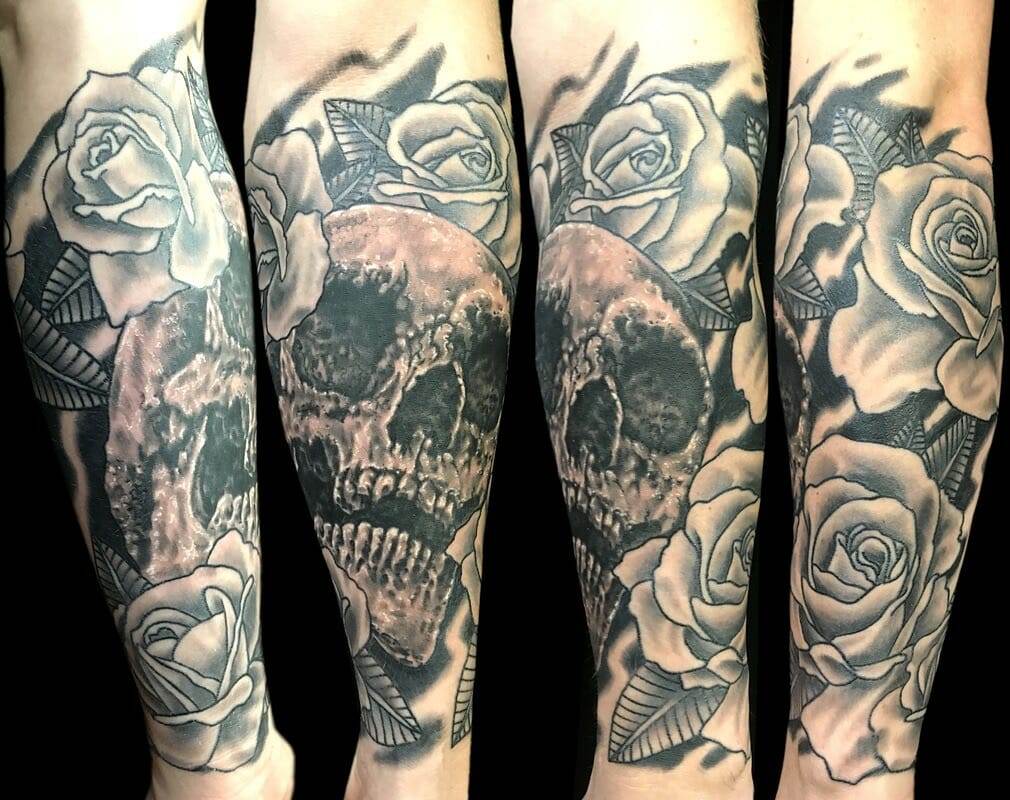Tattoos have a rich and diverse history that spans across different cultures and time periods. The practice of tattooing can be traced back thousands of years, with evidence of tattoos found on mummies in ancient Egypt and preserved skin from Polynesia. Tattoos have held various meanings and significance throughout history, serving as a form of self-expression, cultural identification, and even spiritual protection.
In ancient times, tattoos were often associated with rituals and ceremonies. In Polynesia, tattoos were seen as a rite of passage and a way to mark important milestones in a person’s life. These intricate designs were not only aesthetically pleasing but also held deep cultural and spiritual meanings. Similarly, in ancient Egypt, tattoos were believed to have magical properties and were used for protection against evil spirits.
Ancient Tattoo Traditions: From Polynesia to Egypt
Polynesia is often considered the birthplace of tattooing, with the art form deeply ingrained in the culture of the islands. Polynesian tattoos, also known as tatau, are characterized by bold geometric patterns and symbols that represent various aspects of life, such as family, nature, and spirituality. These tattoos were traditionally hand-tapped using a tool called a moli, which consisted of a wooden handle and a comb-like instrument made from bone or turtle shell.
In ancient Egypt, tattoos were primarily found on women and were often associated with fertility and protection during childbirth. These tattoos consisted of simple dots or lines and were typically placed on the abdomen or thighs. It is believed that these tattoos served as a form of magical protection for both the mother and the child.
The Renaissance of Tattooing: Sailor Jerry and traditional American tattoos
The traditional American tattoo style emerged in the late 19th century and was heavily influenced by the work of Norman “Sailor Jerry” Collins. Sailor Jerry was a prominent tattoo artist who popularized the use of bold, colorful designs and iconic imagery such as anchors, eagles, and pin-up girls. His work became synonymous with the American tattoo tradition and laid the foundation for future generations of tattoo artists.
Traditional American tattoos were often seen on sailors and soldiers, serving as a form of identification and a way to commemorate their experiences at sea or in battle. These tattoos were characterized by their bold outlines, limited color palette, and strong symbolism. They represented a sense of patriotism, adventure, and camaraderie among those who wore them.
The 1960s and 70s: Counterculture and the Rise of Tattooing
The counterculture movement of the 1960s and 70s had a significant impact on the popularity of tattoos. As society became more accepting of non-traditional forms of self-expression, tattoos became a symbol of rebellion and individuality. Tattoo artists began experimenting with new styles and techniques, pushing the boundaries of what was considered acceptable in mainstream society.
During this time period, new tattoo styles such as blackwork, tribal, and psychedelic tattoos emerged. Blackwork tattoos were characterized by their bold black lines and intricate patterns, often inspired by tribal art from around the world. Tribal tattoos, on the other hand, drew inspiration from indigenous cultures and incorporated symbols and motifs that held deep cultural significance.
The 80s and 90s: Pop Culture and the Mainstreaming of Tattooing

In the 1980s and 90s, tattooing began to gain mainstream popularity thanks to its association with popular culture. Celebrities such as musicians, actors, and athletes started getting tattoos, which further fueled the trend. Tattoo artists became celebrities in their own right, with their work being featured in magazines, music videos, and movies.
During this time period, new tattoo styles such as Japanese traditional, biomechanical, and new school tattoos gained popularity. Japanese traditional tattoos, also known as irezumi, were characterized by their vibrant colors, intricate designs, and storytelling elements. Biomechanical tattoos, on the other hand, were inspired by science fiction and depicted mechanical parts integrated into the human body. New school tattoos were characterized by their bold, cartoon-like imagery and exaggerated proportions.
The 2000s: The Tattoo Renaissance and the Emergence of New Styles
The 2000s marked a renaissance in tattooing, with artists pushing the boundaries of what was considered traditional or mainstream. Realism, portrait, and biomechanical tattoos became increasingly popular during this time period, with artists using advanced techniques to create highly detailed and lifelike tattoos.
Realism tattoos aim to replicate the appearance of a photograph or a painting, often depicting portraits, animals, or landscapes. These tattoos require a high level of skill and attention to detail to achieve a realistic effect. Portrait tattoos, in particular, require the artist to capture the likeness and personality of the subject accurately.
Biomechanical tattoos continued to evolve in the 2000s, with artists incorporating more intricate details and realistic textures into their designs. These tattoos often depicted mechanical parts seamlessly integrated into the human body, creating a visually striking and futuristic effect.
The Rise of Minimalism: Small, Simple, and Elegant Tattoos
In recent years, there has been a growing trend towards minimalistic tattoos. These tattoos are characterized by their small size, simple designs, and clean lines. They often feature delicate symbols or words that hold personal meaning for the wearer.
Minimalistic tattoos have gained popularity due to their versatility and subtlety. They can be easily hidden or showcased depending on the wearer’s preference. These tattoos are often seen as a form of self-expression that is both elegant and understated.
The Watercolor Tattoo Trend: A New Approach to Inked Art
The watercolor tattoo trend emerged in the early 2010s and quickly gained popularity for its unique and vibrant style. These tattoos mimic the appearance of watercolor paintings, with soft edges, blended colors, and a lack of black outlines. They often feature abstract designs, flowers, or animals.
Creating watercolor tattoos requires a different approach than traditional tattooing. Artists use a combination of techniques such as shading, blending, and layering to achieve the desired effect. The result is a visually stunning and painterly tattoo that resembles a work of art.
The Dotwork and Geometric Tattoo Movement
The dotwork and geometric tattoo movement emerged in the late 2000s and has since gained a dedicated following. These tattoos are characterized by their precise dotwork patterns and geometric shapes. They often feature intricate mandalas, sacred geometry, or symmetrical designs.
Dotwork tattoos require a high level of precision and patience to create. Artists use a single needle to create thousands of tiny dots that form the overall design. The result is a visually striking and hypnotic tattoo that draws the viewer’s attention.
Geometric tattoos, on the other hand, focus on clean lines and symmetrical shapes. These tattoos often incorporate elements of sacred geometry, such as the Flower of Life or Metatron’s Cube. They are seen as a form of spiritual expression and are believed to hold deep symbolic meaning.
The Neo-Traditional Tattoo Style: A Modern Twist on Classic Designs
The neo-traditional tattoo style emerged in the 2000s as a modern interpretation of traditional American tattoos. This style combines the bold outlines and limited color palette of traditional tattoos with more realistic elements and contemporary imagery. neo-traditional tattoos often feature animals, flowers, or mythical creatures.
Creating neo-traditional tattoos requires a high level of technical skill and creativity. Artists use a combination of bold lines, vibrant colors, and shading techniques to bring their designs to life. The result is a visually striking and dynamic tattoo that pays homage to the past while embracing the present.

The Future of Tattooing and its Ever-Evolving Trends
Tattooing has come a long way since its ancient origins, and it continues to evolve and adapt to the changing times. As technology advances and new techniques emerge, the possibilities for tattooing are endless. From realistic portraits to abstract watercolor designs, there is a style for every individual’s taste and preference.
The future of tattooing holds the potential for even more innovation and creativity. With advancements in tattoo removal technology, people are becoming more open to experimenting with different styles and designs. As tattoos become more accepted in mainstream society, we can expect to see even more diverse and unique trends emerge.
In conclusion, tattoos have a rich history that spans across different cultures and time periods. From ancient Polynesia to modern-day minimalism, tattoos have served as a form of self-expression, cultural identification, and artistic exploration. As the tattoo industry continues to evolve, we can expect to see new styles, techniques, and trends emerge. Whether it’s a small minimalist design or a vibrant watercolor masterpiece, tattoos will continue to hold a special place in our society as a form of personal expression and art.



